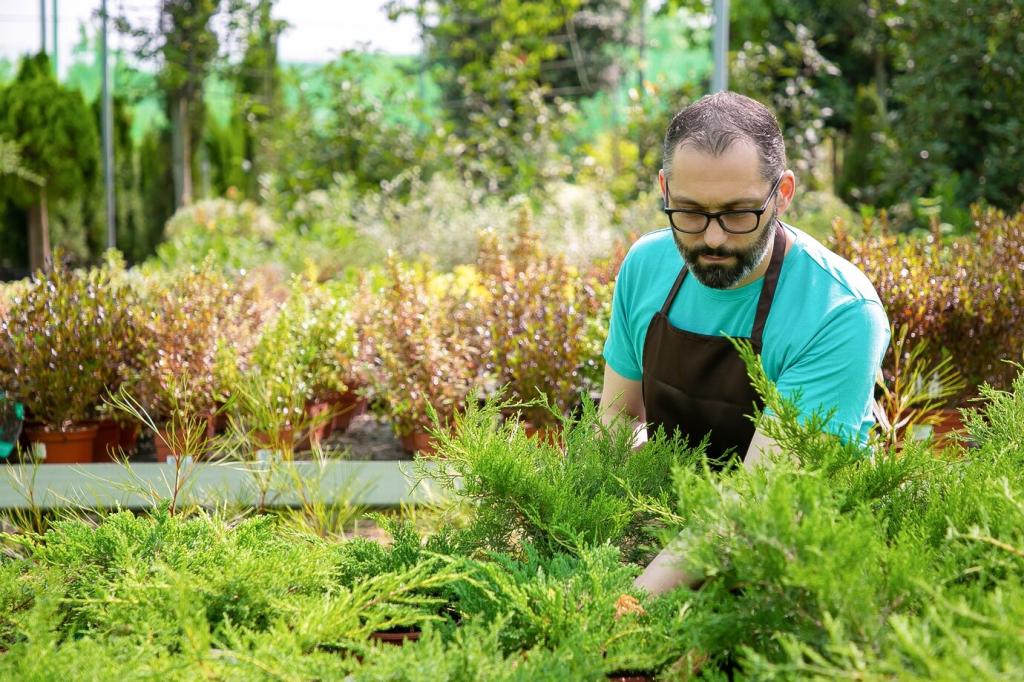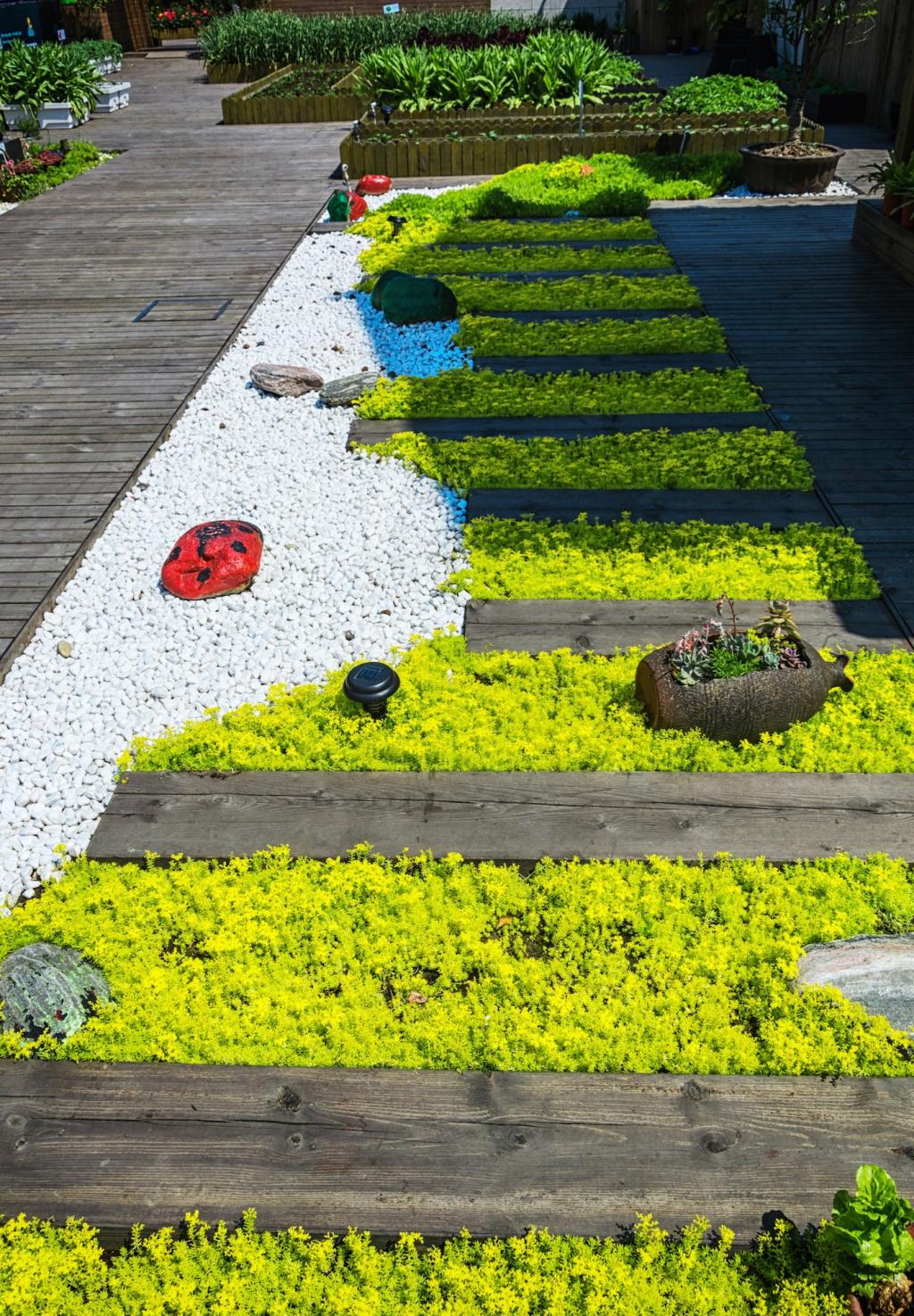Low-Impact Materials and Thoughtful Hardscapes
Source salvaged brick, reclaimed flagstone, and locally milled, responsibly harvested wood. Each reused piece carries history, saves emissions from transport, and resists trends, giving your landscape soul and long-term durability.
Low-Impact Materials and Thoughtful Hardscapes
Avoid solvent-heavy sealers and toxic paints near planting beds. Choose low-VOC, plant-based finishes or heat-treated wood. Your soil organisms and the people using your garden will breathe easier every single day.









